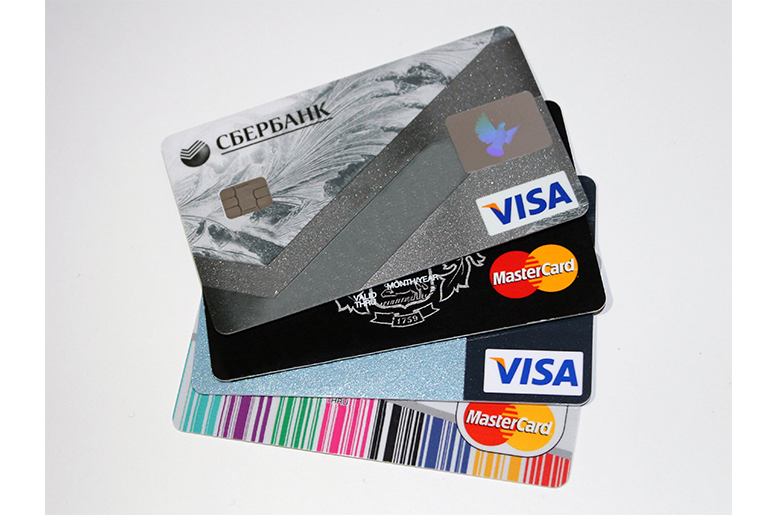Remittances are a crucial source of economic growth for developing nations. Over 250 million migrants send money back home. As a trillion-dollar industry, global remittance is expected to grow year on year due to various factors such as rising international migration, decreasing remittance costs, increasing disposable income, advent of online and mobile channels and growing urbanisation. The money transfer operators play a major role in domestic and cross border remittances with major players like Western Union, Moneygram and Ria who have a vast agent network in almost all countries.
According to the World Bank, there are some 1.7 billion unbanked adults worldwide, with almost 70 percent of them owning a mobile phone that could give them access to financial services. According to a report published by Accenture, it is estimated that bringing unbanked adults and businesses into the formal sector could potentially generate USD 380 billion in new revenue for banks. The majority of this population is found in low- and middle-income emerging markets. In high-income countries, however, a large portion of the population does not use banks for their day to day financial needs.
To support financial inclusion and complement remittances, prepaid payments cards have become an important means and channel that has gained wide attention in both emerging and developed markets. Those who cannot establish or access a bank account can now opt in for a prepaid card without going through conventional KYC checks, enabling them to shop online or at point of sale or withdraw cash from ATM machines. It also works in conjunction with mobile wallets in order to comply with regulations based on various jurisdictions. Prepaid cards have also become a safer alternative to carrying cash. There are multiple prepaid programs launched in various countries as a means to facilitate financial inclusion and a cashless society. An estimated 40 million people in Europe alone do not have access to bank accounts. This is where prepaid becomes an important tool and opportunity to get this segment to access financial services that would have otherwise required them to have a bank account.
The launch of various prepaid programs is mainly driven by two factors: a) the growing consumer needs, and b) government backed initiatives. With the emerging technologies and the rise of the fintech space, it is imperative that consumers have quick and easy access to financial services. Using prepaid is a quick and hassle-free channel for meeting consumer needs to access financial services!
According to EDC-Allied Market Research in 2017, the global prepaid card market is expected to reach $3.7 trillion by 2022. The most common types of prepaid programs introduced in various countries are as follows:
- Multi-currency Travel – This is a very popular prepaid program among travelers who use it as a safer and convenient alternative to carrying cash in different currencies. Such programs are usually bundled with value added services such as loyalty rewards and discounts. The cardholders can easily check their balances and exchange currencies in real-time using a mobile app
- Payroll – Cash based disbursement is a tedious and expensive process for large corporates. Prepaid payroll programs are the ideal solution and have been quite popular in several countries. One of the leading examples of prepaid payroll card utilisation is the Wage Protection System (WPS) in the UAE
- Corporate – Large corporates need to maintain expenses for their employees who travel regularly. Prepaid corporate programs help such corporates track and set budgets for their employees along with user-friendly applications to track and load funds on employee prepaid cards
- Gift – Most retail organisations have introduced open-loop non-reloadable gift cards that can be purchased off the shelf by customers and can be used to pay for goods or services with special rewards or discounts on the retail network
- Virtual (ecommerce) – Due to security concerns, most consumers are reluctant to use their debit or credit cards online. The safer alternative is to use virtual prepaid cards that can be used only for online shopping with a pre-defined limit and use
- General Purpose Remittance Card – This is a very popular prepaid program that is used as an alternative to traditional remittances where the customer can register and have 2 cards – 1 for the remitter (the customer themselves) and the other for the beneficiary (receiver). The remitter can load and transfer funds between these cards
Payment service providers in the UK and Europe can benefit from adding prepaid programs to their existing portfolio of services to let their unbanked customers do remittances and bill payments.
Where to go for help
Modern technology solutions can provide many of the answers to getting yourself in shape for these market trends. Such solutions can help you go digital whilst allowing you to cope with increased regulation and compliance. They can also help you take maximum advantage of alternative payment options.
Come talk to us: www.remitone.com
Article prepared by Mr Ibrahim Ahmed, Payments Consultant.
